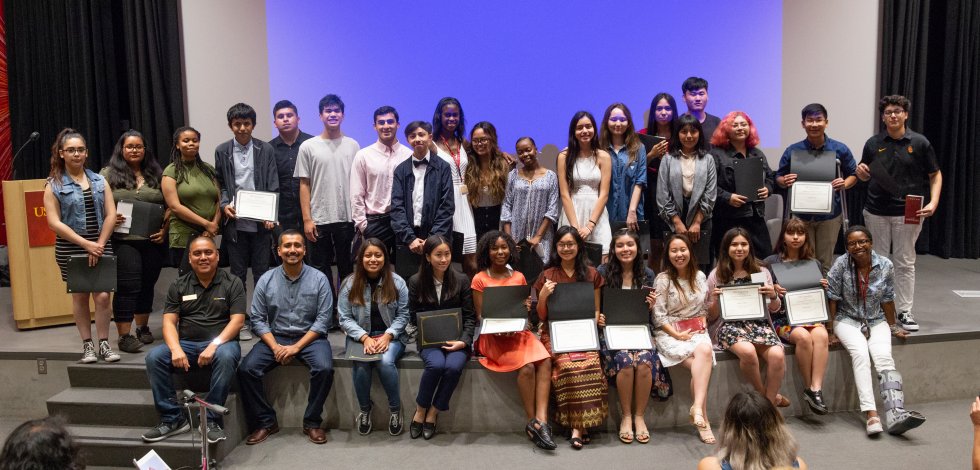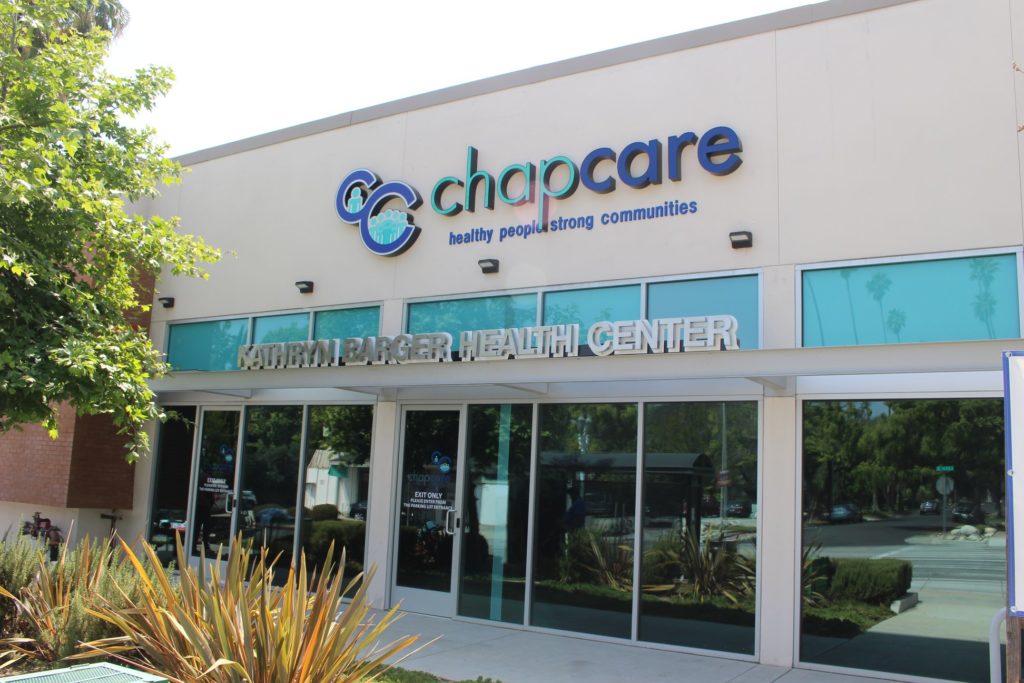
By Arcadia Unified Digital Communication Intern Bethany Chow
“I knew I wanted to pursue something I was already interested in: journalism and communications. I thought the University of Southern California Annenberg Youth Academy was an incredible opportunity that I had to take advantage of,” said Sandi Khine, Arcadia High School (AHS) senior and student manager of the Arcadia Unified School District Digital Communications Internship (DCI). She attended the USC Annenberg Youth Academy, a prestigious four-week intensive summer program for 26 students from high schools in the Los Angeles area. Khine is one of many AHS student interns in DCI that have been accepted into and attended the USC Annenberg Youth Academy. In the Annenberg Youth Academy, students have the opportunity to develop an understanding of and practice media communications and journalism. Despite the difference of ethnic, cultural, and socioeconomic backgrounds between the 26 students from all different schools, they also get to find “solace in the things [they] have in common, and realize that they are all teens with dreams,” Khine said.
The Annenberg Youth Academy is the equivalent of several first-year college courses, and as Sofia Nagy, another AHS student in DCI who attended the program in the summer of 2019, said, “The teachers teach you everything they know which is really amazing.” The knowledge gained from this program isn’t the only pro about it. Nagy added, “You get to know the dean [Dean Willow Bay] and get so many other connections.” In addition to teaching, the Annenberg Youth Academy also typically includes three field trips, including visits to the Japanese American National Museum, a Dodgers game, and the California African American Museum to get hands-on experience in multimedia journalism. Brandon Chen, AHS student and DCI intern, who attended Annenberg Youth Academy in 2018, says, “Being led by USC’s world-class professors and being at the cutting edge of media and communications at Annenberg’s studio is an experience I’ll never forget.”
This year, due to the rapidly-evolving COVID-19 situation, USC AYA has opted for a “two-week online program on Zoom featuring a different workshop daily for 90 minutes,” states Jaime Carias, the director of the program. Students will still receive feedback on their work from professors during these online classes. Currently, Carias has not considered what access accepted applicants will receive to Annenberg’s Media Center, the podcast studio, and the video studio, which accepted applicants usually have access to.
“Being a part of AYA was really an essential step in my journey into digital communications,” Chen remarked. Since this summer program has so many resources for its students, Khine learned how to adapt to the changing media landscapes “where flexibility and adaptability are often more important than long-term permanency.” Michael Tseng, a DCI alumnus who has attended USC Journalism Day, USC’s Annenberg Youth Academy for rising journalists, and is a current journalism major on a full-ride scholarship at the University of Southern California, suggests, “Everyone [should] apply, regardless if you have much experience in the field, or very little.” Even if you apply with little knowledge and are accepted, “perhaps,” Tseng says, “you may find your own love in the field.”
While the USC Annenberg Youth Academy is a wonderful program, it is very selective, so the AHS students of DCI provided a few suggestions for getting accepted. Khine emphasizes that you have to “Start early, [so you can] write, rewrite, and edit your essays.” Nagy agrees, saying that you definitely must “not procrastinate.” Khine adds that “getting someone to proofread [your essays], whether it’s another student or a trusted adult” is a must. Finally, “just write what you think and are passionate about,” Khine said. “Don’t worry about what they want to hear.”
While applying to the Annenberg Youth Academy may have started as just something to fill a summer, all four DCI interns interviewed later realized it was much more than that. The program taught them how to tell stories, produce multimedia projects, see the world from new perspectives, and so much more. Annenberg Youth Academy also provides college-level professors and connections that open the world of digital communications for the attendees of the program. All four interns repeated how much fun the program was and the friends they made; but just as important, they learned how to communicate effectively, which is important, because, as Tseng stated, “Digital communications is important in maintaining accessibility to resources and promoting educational benefits to the whole community.” In attending and learning from this program they have helped not only themselves but all the people that see and experience their work. Digital communications is the future of journalism and communications. Through this program, these DCI interns have had fun, gained extensive knowledge, and most importantly, learned the future of journalism.






